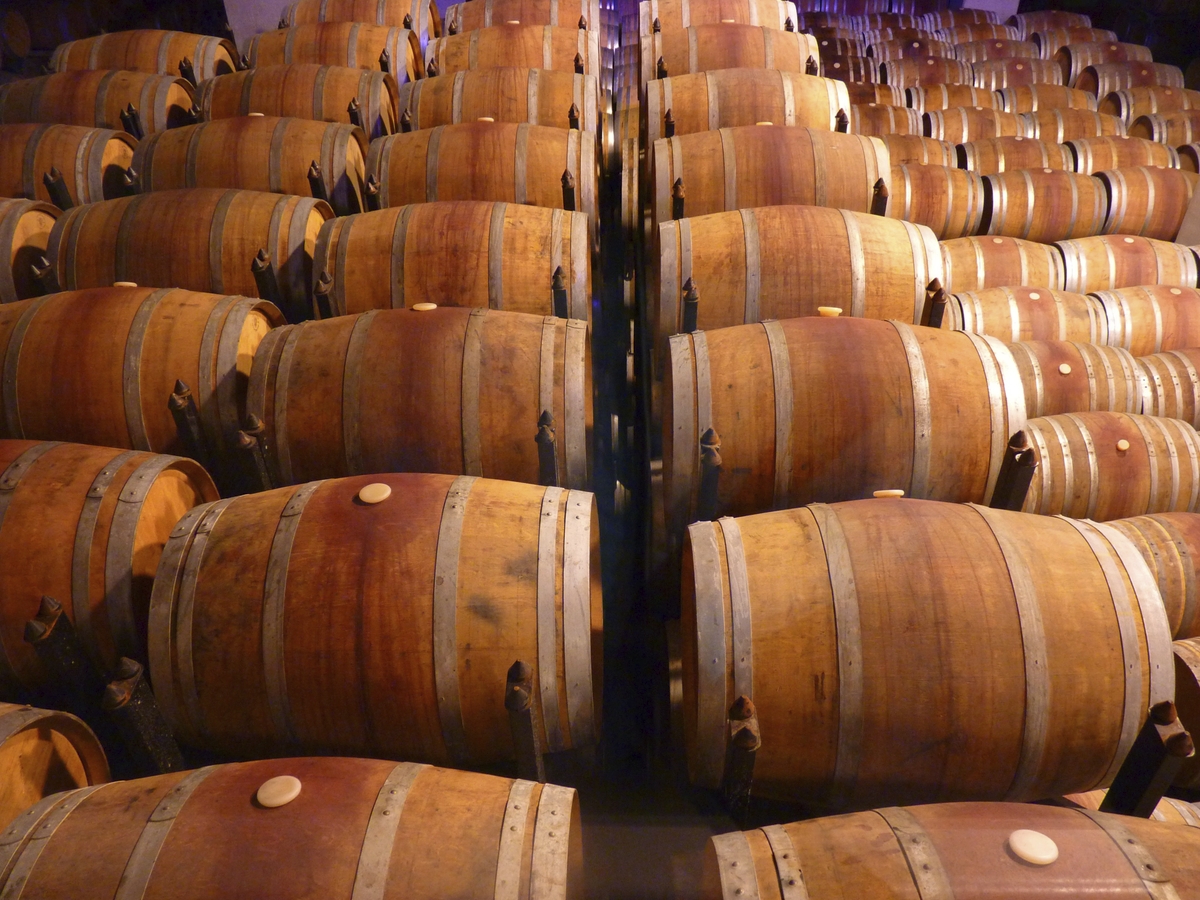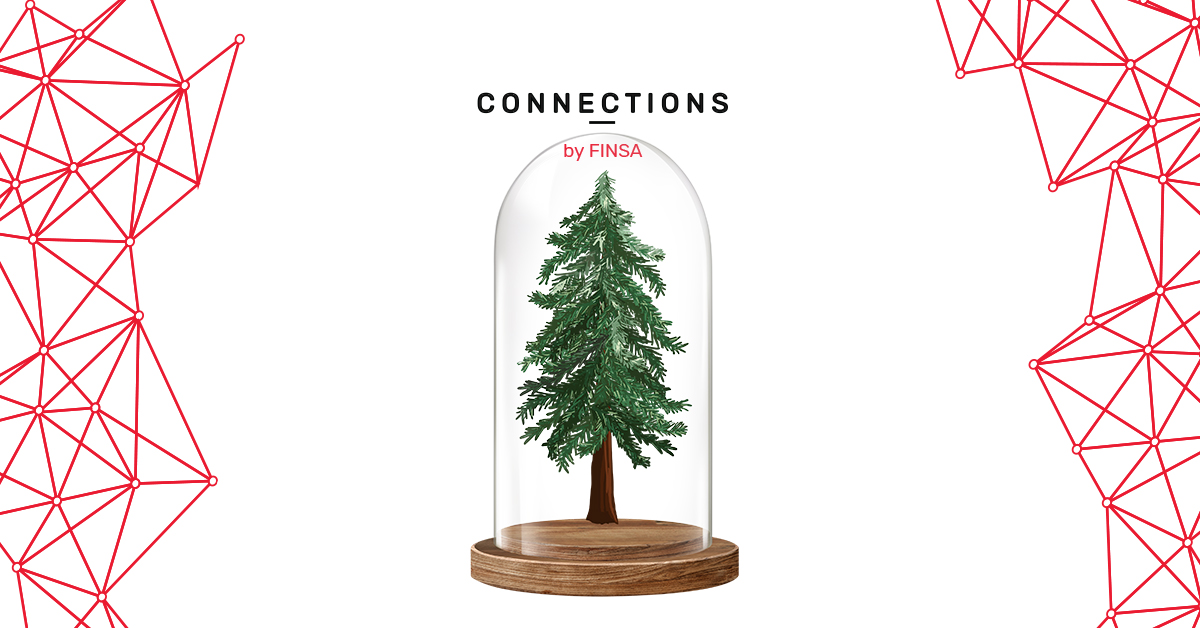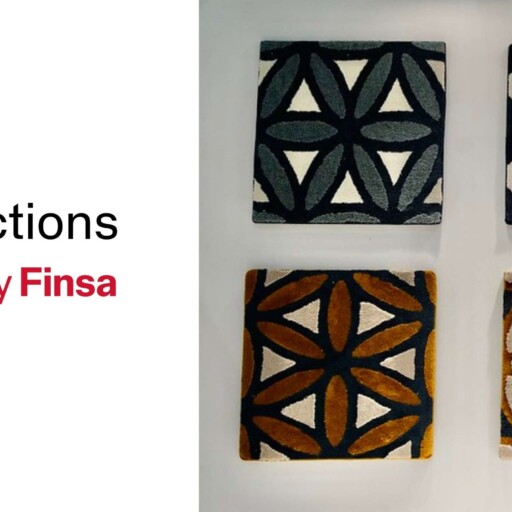There are probably more imitations of wood out there than there are of any other natural material. Although it’s possible to create products that are similar, the sensorial aspect of the real thing is inimitable.
How can possibly reproduce the cosiness, the unmistakable smell, or the natural look wood offers? How can the story it encapsulated in its fibres be recreated? It’s a raw material that grows, with a life that makes it unique and that stirs emotions within us. Wood takes us on a true sensory journey.
No two woods are the same
Our sight is the first of our senses to tell us that, when we are looking at wood, we are looking at a one-off piece of material, with an exclusivity bestowed upon it by the many years it took to grow. Wood is just like people: no two are the same.
The work of British artist Gavin Munro might be the best example of the kind of design that shows that wood is alive. What better way to demonstrate this than with a tree that grows into a chair?
Ver esta publicación en Instagram
But it’s not just Munro’s designs that make each piece special. The origin of the tree from which the wood was sourced, where it grew, the amount of sunlight it received – all of this has an impact on how the plant grows and, as a result, what the final product looks like.
A walnut wood table, for example, contains eighty years of history, with scars obtained in battle, during forest fires, and historic milestones. Their everyday life made these pieces imperfect and unique, and it is this imperfection that makes them so attractive to designers, because the wood itself can become a piece of art.
Ver esta publicación en Instagram
Touch wood!
The wood’s origin and the conditions to which the tree adapted while it was growing influence its appearance and the way it feels to touch. The latter can range from vevelty to rugged, adding texture to the space it is in. A birch tree grows in cold climates, meaning it has a denser wood than a poplar tree which grows in warmer climates near rivers.
Touching wood not only brings luck, but it also awakens our senses.

Music to our ears
A crunching sound underneath your feet, the sound of knuckles rapping on a wooden plank, and of course, music. Throughout history, when it comes to making the highest-quality instruments, the chosen material of violin makers has always been wood thanks to its durability as well as its ability to produce a clear, crisp, and warm sound as well as a wide range of notes.
Ebony wood pianos, maple wood violins with bright sounds and mid to high tones, the exoticism and tonal quality of cocobolo wood used to make guitars and basses, the hardness of grenadilla used to make woodwind instruments – wood is quite simply music to our ears.

A matter of taste
Why shouldn’t we experience the taste of wood? In one way or another, you can find traces of a woody taste in the food world that can stimulate the palate.
In previous articles, we’ve mentioned maple syrup, which comes from Canadian forests. But wood’s influence on food doesn’t stop there, and each type has its own special taste. The type of wood we use for smoking meat has a huge impact on the end result, with the embers passing on the essence of the tree that the wood came from to whatever you are roasting.
Then there is oenology. The word ‘wine’ alone brings to mind images of huge cellars with traditional wooden barrels, an essential part of the wine aging process. Many different types of wood can be used, including the famous French oak, American oak, and the more innovative chestnut wood.

An unmistakable aroma
The smell of wood is perhaps its most defining characteristic. Its odour is associated with wellbeing and brings up memories. The smell of freshly cut wood, of nature, furniture made of mahogany and oak and the unmistakable aroma that greets us upon opening them. Wood takes us on a sensory journey that cannot be recreated.
Each type has its own smell that comes from the oils that the tree produces for its own survival. We try to capture these aromas in perfumes, air fresheners, and wine in order to surround ourselves with stimuli that provide us with that sense of wellbeing we experience in nature.

Very few materials are capable of providing the complete sensory experience that we get from wood and evoking a sense of cosiness, wellbeing, and connection to nature.



 (@troncolombia)
(@troncolombia)

